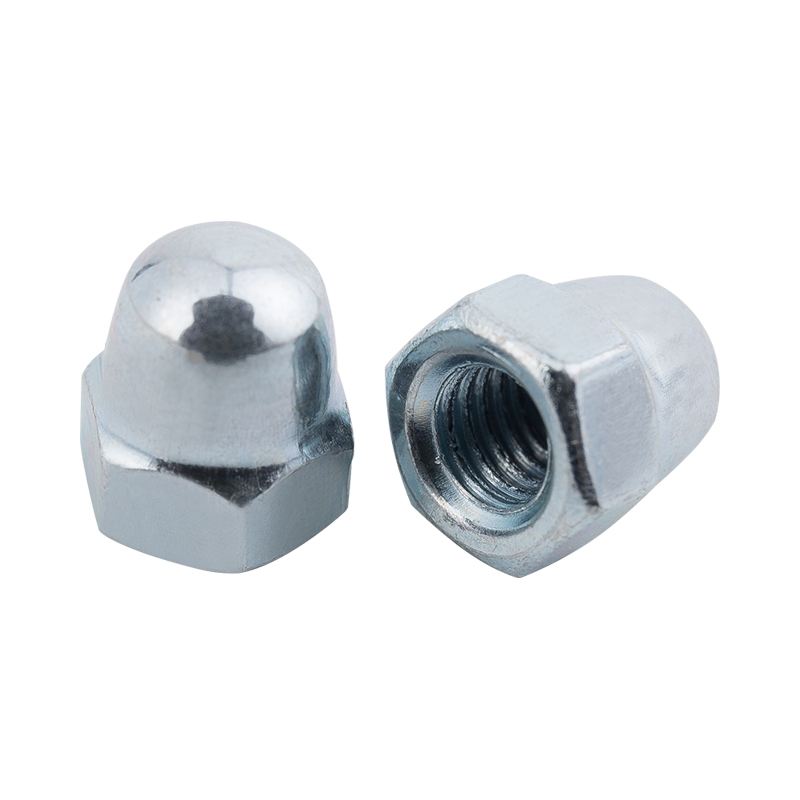-
CBB61 1.2uF/400V Black Film CapacitorsThe CBB61 1.2uF/400V capacitor features a black casing with black dielectric material, measuring 37mm × 24mm × 13mm. It includes mounting holes for se...
-
CBB61 1.5uF/400V CapacitorsThe CBB61 1.5uF/400V capacitor shares the 37mm × 24mm × 13mm black casing and black dielectric material with its 2.0uF counterpart. It also features m...
-
CBB61 2.0uF/400V CapacitorsThe CBB61 2.0uF/400V capacitor comes in a black casing with a black dielectric material, measuring 37mm × 24mm × 13mm. It includes mounting holes for ...
-
CL21 155/400V CapacitorsThe CL21 155/400V capacitor measures 22.5mm × 17.5mm × 10.3mm and is designed with a brown encapsulated casing, offering robust insulation and environ...
-
CL21 105/630V CapacitorsThe CL21 105/630V capacitor has dimensions of 22mm × 12.5mm × 7mm and features a brown encapsulated design, providing enhanced insulation and mechanic...
-
X2-104uf/305V CapacitorsThe X2-104uF/305V capacitor measures 18mm × 12mm × 11mm and features a yellow shell and yellow dielectric material, ensuring reliable insulation and l...
How does carbon content in carbon steel affect the strength and hardness of nuts?
Industry News-The carbon content in carbon steel significantly influences the strength and hardness of nuts, which in turn affects their performance in various applications. Here's a detailed look at how carbon content impacts these properties and the optimal levels for different uses:
Influence of Carbon Content on Strength and Hardness
Low Carbon Steel (up to 0.3% Carbon)
Properties: Low carbon steel, also known as mild steel, is relatively soft and ductile. It has lower tensile strength and hardness compared to higher carbon steels.
Applications: This type of steel is suitable for applications where high strength and hardness are not critical. It’s often used for general-purpose nuts and bolts in non-critical applications.
Medium Carbon Steel (0.3% to 0.6% Carbon)
Properties: Medium carbon steel offers a balance between strength, hardness, and ductility. It provides better tensile strength and hardness compared to low carbon steel but is still relatively malleable.
Applications: This steel is used for nuts and bolts that require a good balance of strength and toughness. It’s commonly used in automotive and machinery applications where moderate strength and wear resistance are required.
High Carbon Steel (0.6% to 1.0% Carbon)
Properties: High carbon steel is much harder and stronger than low and medium carbon steels. However, it is less ductile and more prone to brittleness if not properly heat-treated.
Applications: This type of steel is used for carbon steel nuts and bolts that need high strength and wear resistance. It is suitable for high-stress applications, such as in heavy machinery or tools.

Ultra High Carbon Steel (Above 1.0% Carbon)
Properties: Ultra high carbon steel has very high hardness and strength but is extremely brittle and challenging to machine. It is often used in specialized applications where extreme hardness is required.
Applications: Nuts made from ultra high carbon steel are typically used in highly demanding applications where maximum hardness is crucial, such as in cutting tools or certain high-performance machinery.
Optimal Carbon Levels for Different Applications
General-Purpose Applications: For standard applications where extreme strength and hardness are not required, low to medium carbon steel (up to 0.6% carbon) is often optimal. It offers a good balance of strength, ductility, and machinability.
Automotive and Machinery: Medium carbon steel (0.3% to 0.6% carbon) is commonly used in these industries because it provides a good combination of strength, hardness, and wear resistance, making it suitable for various mechanical components.
High-Stress Applications: For applications involving high loads and stresses, high carbon steel (0.6% to 1.0% carbon) is preferable. It offers increased tensile strength and hardness, which are important for components subject to significant wear and stress.
Specialized High-Hardness Applications: Ultra high carbon steel (above 1.0% carbon) is used in situations where maximum hardness is necessary. However, its brittleness makes it less suitable for general applications where ductility and impact resistance are also needed.
The carbon content in carbon steel directly affects the strength and hardness of nuts. Lower carbon levels provide softer, more ductile materials suitable for general applications, while higher carbon levels yield harder, stronger materials suitable for more demanding conditions. The optimal carbon level for nuts depends on the specific requirements of the application, including factors such as load, wear resistance, and mechanical stresses.



 русский
русский Español
Español